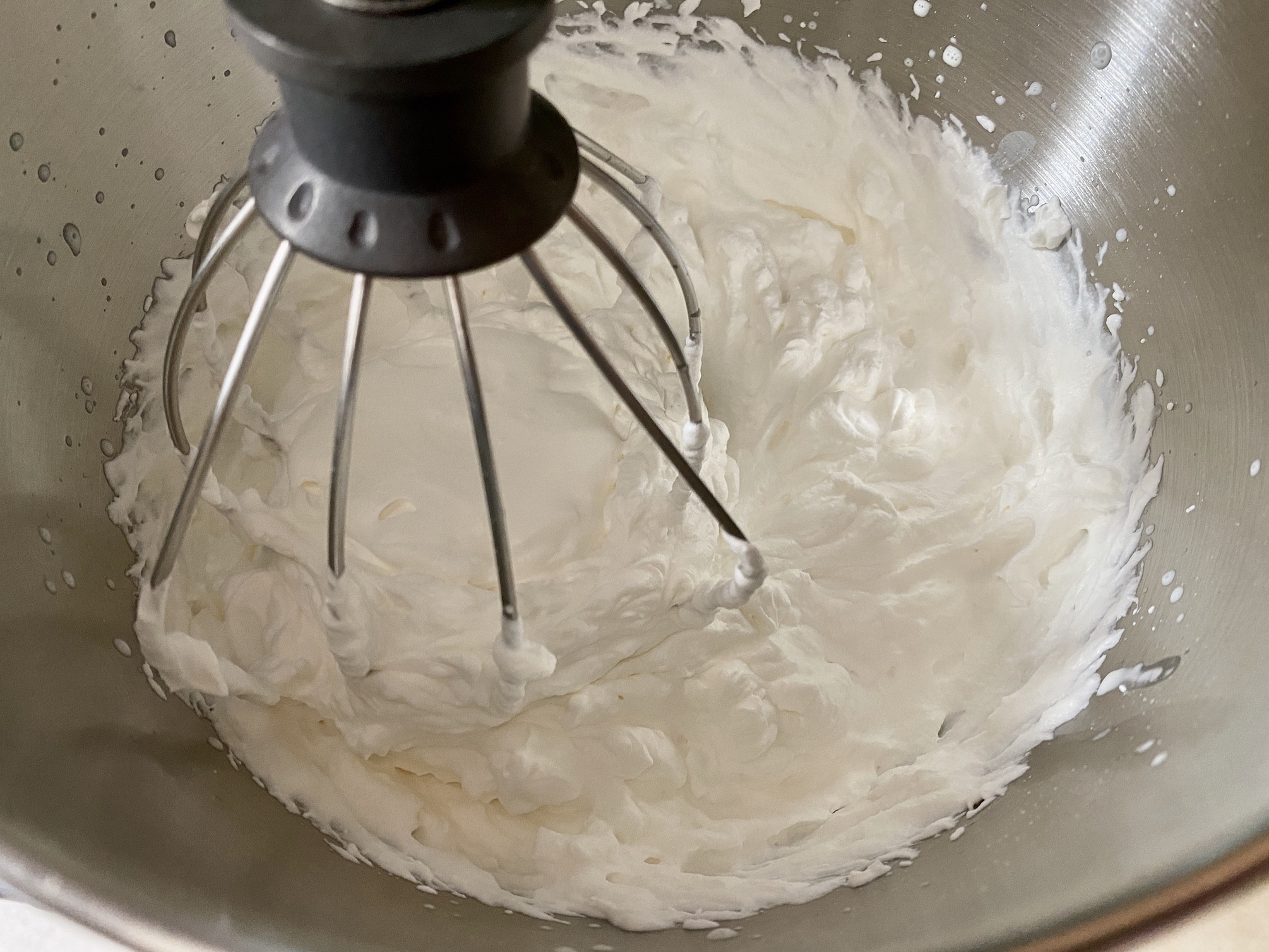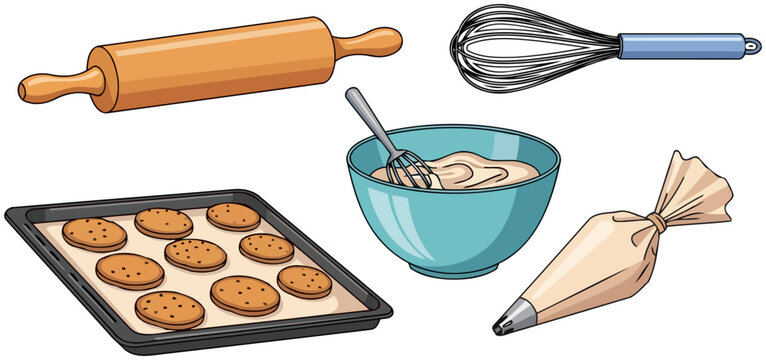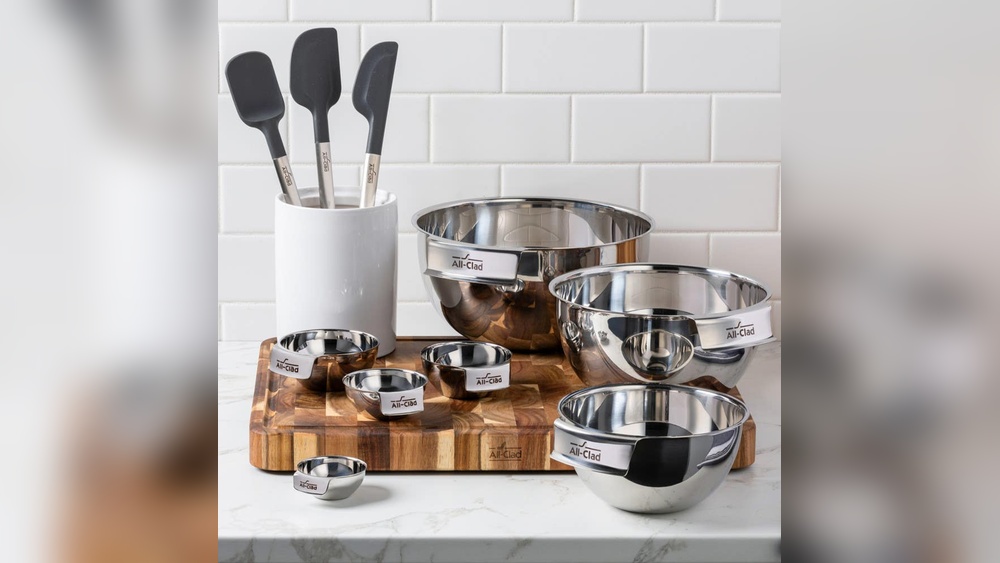When you bake, every little detail matters—especially the mixing bowl you choose. You might think a bowl is just a bowl, but the truth is, the type and material of your mixing bowl can change how your batter blends, how dough rises, and ultimately, how your baked goods turn out.
Imagine whipping up a cake or bread that feels just right in texture and taste, all because you picked the perfect bowl. Curious how your mixing bowl could be quietly shaping your baking success? Keep reading to discover the surprising ways your mixing bowl affects your results—and how you can use this knowledge to bake like a pro.
Mixing Bowl Materials
Choosing the right mixing bowl material plays a key role in baking success. Different materials affect mixing, temperature control, and even taste. Understanding these materials helps bakers improve their recipes and results.
Stainless Steel Benefits
Stainless steel bowls are strong and last long. They handle cold and hot ingredients well. These bowls do not hold odors or stains. They are easy to clean and dishwasher safe. Many professionals prefer stainless steel for its durability. These bowls are lightweight, making mixing easier. They also work well with electric mixers.
Plastic Bowl Concerns
Plastic bowls are light and affordable. They can scratch easily and hold odors. Some plastics may release chemicals into food. This risk increases with heat or wear. Plastic bowls can stain from colorful ingredients. They may not be as sturdy for heavy mixing. Choose BPA-free plastic to reduce health risks.
Copper Bowl Advantages
Copper bowls are excellent for whipping egg whites. They create a stable foam that helps baking rise. Copper reacts with acids, so avoid mixing acidic ingredients. These bowls require careful cleaning to keep their shine. They are heavier and need more care than others. Copper bowls add a classic touch to baking tools.
Glass And Ceramic Options
Glass and ceramic bowls look beautiful on any kitchen counter. They do not react with ingredients, keeping flavors pure. These materials hold temperature well, helping dough rise. They tend to be heavier and can break if dropped. Glass bowls allow you to see ingredients while mixing. Both options clean easily and are microwave safe.

Credit: festivalfoods.net
Bowl Size And Shape
The size and shape of mixing bowls play a key role in baking success. Bakers often overlook these factors but they influence dough behavior and mixing ease. Choosing the right bowl can improve your results significantly.
Impact On Dough Rising
A larger bowl gives dough space to grow without spilling over. It allows yeast to work better by trapping warmth and moisture. Tall, narrow bowls keep dough warmer, which helps rise faster. Wide, shallow bowls expose dough to air, which can dry the surface and slow rising.
Ease Of Mixing
Round, deep bowls help keep ingredients inside while mixing. They prevent spills and make stirring easier. Shallow or flat-bottomed bowls may cause ingredients to scatter. Bowls that fit your mixer attachments improve efficiency and reduce mess. Proper bowl size helps mix ingredients evenly.
Heat Retention Properties
Metal bowls, especially stainless steel, cool quickly and transfer heat fast. This can affect dough temperature during mixing. Glass and ceramic bowls hold heat longer, keeping dough warmer for rising. Warm dough rises better than cold dough. Choose bowl material and size based on desired heat retention.
Temperature Effects
Temperature plays a key role in baking, even starting with the mixing bowls. The temperature of the bowl can change how ingredients blend and the texture of your batter or dough. Understanding these effects helps you choose the right bowl to improve your baking results.
Room Temperature Bowls
Baking ingredients mix best in bowls at room temperature. Cold bowls can chill ingredients, slowing down chemical reactions. Warm bowls keep ingredients active and mix more smoothly. Using a bowl at room temperature avoids sudden temperature shifts in your mixture. It helps maintain the right texture and rise during baking.
Cold Vs Warm Bowls
Cold bowls can cool down butter or eggs, making them harder to mix. This may cause uneven batter and clumps. Warm bowls soften ingredients, allowing faster and more even mixing. Warm bowls also help activate yeast faster in doughs. Choosing the right bowl temperature depends on the recipe and desired outcome.
Influence On Ingredient Mixing
Temperature of the bowl changes how ingredients combine. Cold bowls can slow down sugar dissolving and fat creaming. Warm bowls help sugar dissolve quickly and fat to blend smoothly. This improves texture and consistency in cakes and cookies. Bowl temperature also affects how air is trapped in the batter, impacting fluffiness.

Credit: www.doughtech.com
Mixing Techniques
Mixing techniques play a vital role in baking success. The way ingredients come together can change texture, flavor, and appearance. Using the right method helps create consistent results. The type of mixing bowl also influences how well you can control these techniques.
Avoiding Overmixing
Overmixing breaks down gluten too much. It leads to tough, dense baked goods. Cakes can become heavy and flat. Muffins lose their tender crumb. Stop mixing as soon as ingredients combine. Gentle folding keeps air in the batter. This results in lighter, fluffier treats.
Scraping Bowl Sides
Scrape the bowl sides often while mixing. Dry ingredients stick to the edges. Missing those parts means uneven texture. Use a spatula to scrape down the sides. This helps blend everything evenly. It prevents lumps and ensures a smooth batter.
Speed And Duration Effects
Mixing speed changes how ingredients react. Slow speeds blend without overworking the dough. High speeds add more air quickly. Fast mixing suits whipping cream or egg whites. Long mixing times can warm the batter. Warm batter may cause unwanted changes in texture.
Health And Safety
Health and safety are crucial when choosing mixing bowls for baking. Bowls can affect the quality of your food and your well-being. Some materials release harmful chemicals or are unsafe with heat. Proper use and care help avoid risks and keep your kitchen safe.
Chemical Leaching Risks
Plastic bowls may release chemicals into your batter. These chemicals can affect your health over time. Avoid using old or cracked plastic bowls for baking. Stainless steel and glass bowls do not leach harmful substances. Choose materials that are safe and non-toxic for food.
Microwave Safety
Not all mixing bowls are microwave-safe. Metal bowls can cause sparks and damage your microwave. Some plastic bowls melt or warp under heat. Glass and ceramic bowls usually work well in microwaves. Always check the label before microwaving a bowl.
Cleaning And Maintenance
Proper cleaning keeps bowls safe and hygienic. Avoid abrasive scrubbers on delicate surfaces like glass or ceramic. Stainless steel bowls are easy to clean and resist stains. Plastic bowls may absorb odors and stains over time. Regularly inspect bowls for cracks or damage and replace if needed.
Professional Baker Preferences
Professional bakers select mixing bowls with care. The right bowl influences the texture and rise of dough and batter. Their choices reflect experience and practical needs. Understanding these preferences helps home bakers improve their results.
Popular Bowl Choices
Stainless steel bowls are a top pick among professionals. They are light, strong, and easy to clean. Many chefs like glass bowls for their weight and heat resistance. Ceramic bowls also have a loyal following for mixing and serving.
Durability And Versatility
Durability matters in busy kitchens. Stainless steel resists dents and stains. It can handle hot and cold ingredients without damage. Versatile bowls adapt to many tasks, from whisking eggs to kneading dough. Professionals prefer tools that last and perform well.
Specialized Uses
Certain bowls serve special purposes. Large, deep bowls work well for bread doughs that need space to rise. Shallow bowls help with folding delicate batters gently. Some bakers keep separate bowls for wet and dry mixes to avoid cross-contamination.

Credit: stock.adobe.com
Frequently Asked Questions
What Mixing Bowls Do Professional Bakers Use?
Professional bakers prefer stainless steel mixing bowls for durability, lightweight, and versatility. Copper bowls enhance egg whites, while glass or ceramic suit specific tasks. Thick walls withstand high-speed mixing and temperature changes. Avoid plastic due to chemical leaching risks.
What Is The Function Of Mixing Bowl In Baking?
A mixing bowl holds ingredients for combining, blending, and preparing dough or batter. It ensures even mixing and efficient baking.
How Does Mixing Affect Baking?
Mixing develops gluten, affects texture, and blends ingredients evenly. Overmixing can cause toughness or dense baked goods. Proper mixing ensures light, airy results.
What Type Of Bowl Is Best For Baking?
Stainless steel bowls are best for baking due to durability and heat resistance. Thick walls prevent damage during mixing. Copper bowls enhance egg whisking. Avoid plastic bowls to prevent chemical leaching. Choose a bowl size that fits ingredients comfortably for even mixing and optimal results.
Conclusion
Choosing the right mixing bowl matters for your baking success. Different materials affect how ingredients blend and rise. Stainless steel bowls stay cool and are easy to clean. Glass bowls let you see your mix but can warm up faster.
Avoid plastic bowls as they may release harmful chemicals. The size and shape also help mix ingredients evenly. Paying attention to your bowl can improve texture and taste. Small changes in your tools lead to better baked goods. Keep this in mind for your next baking session.

